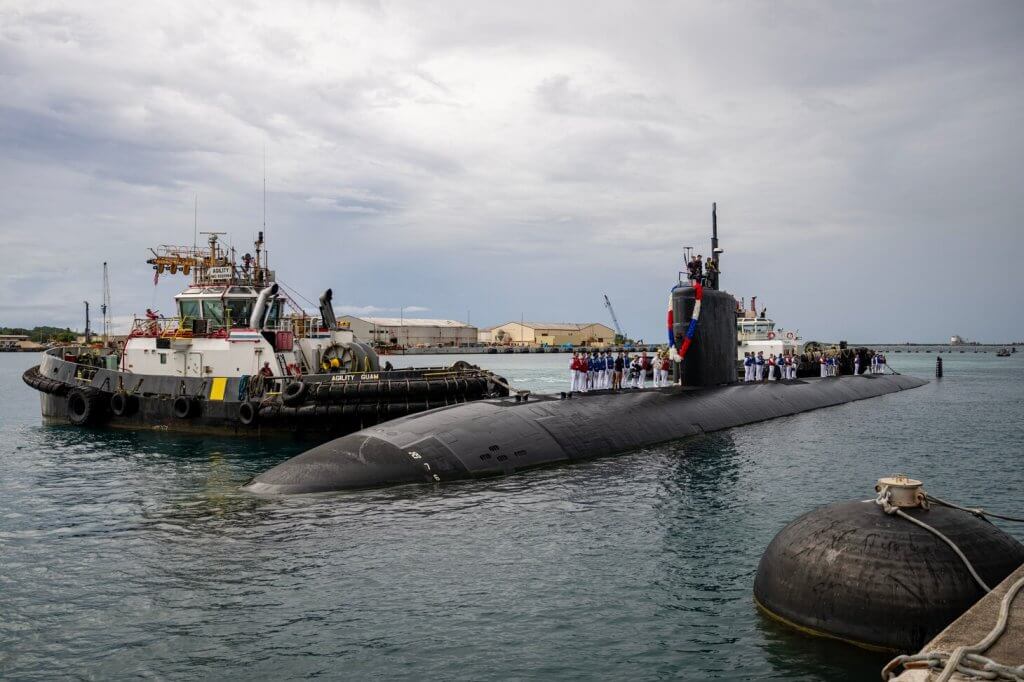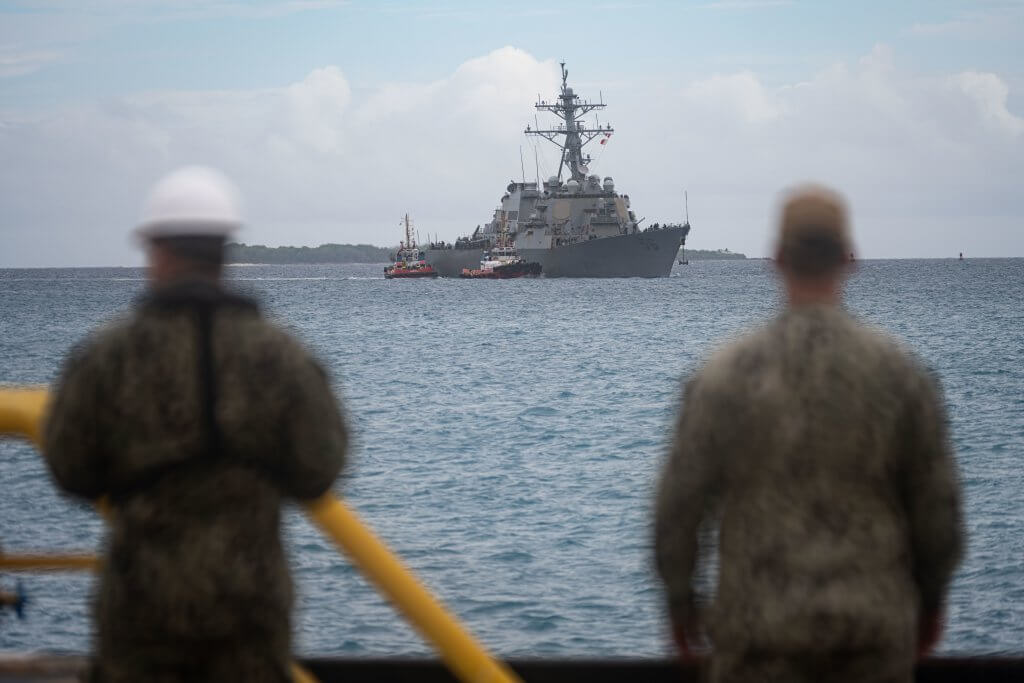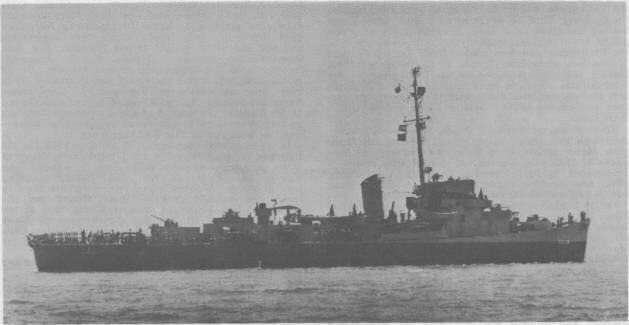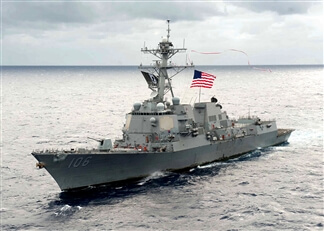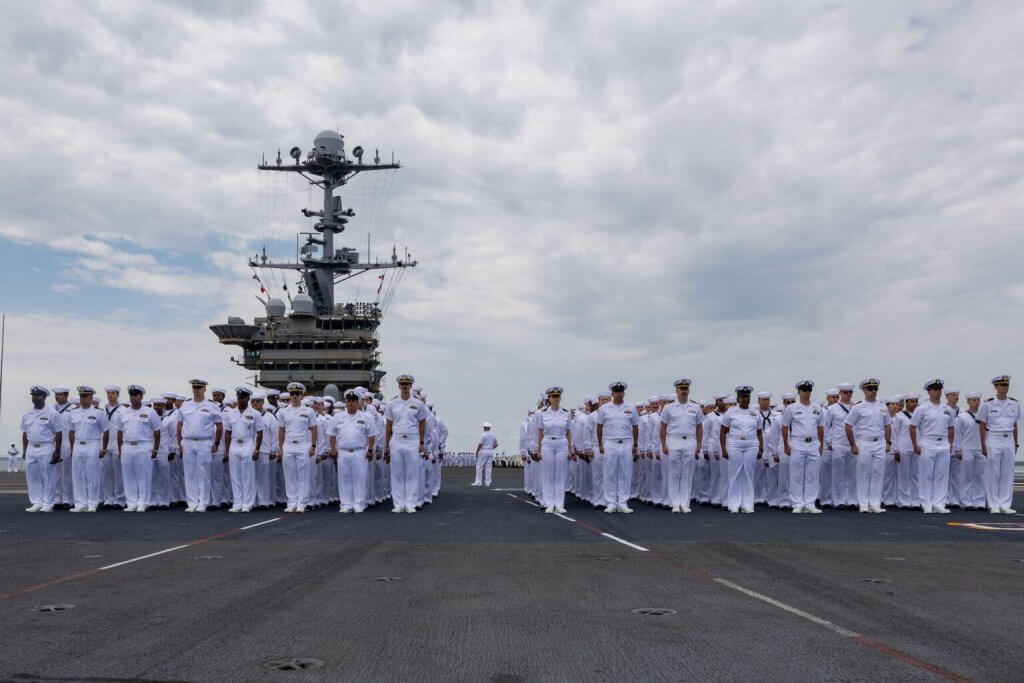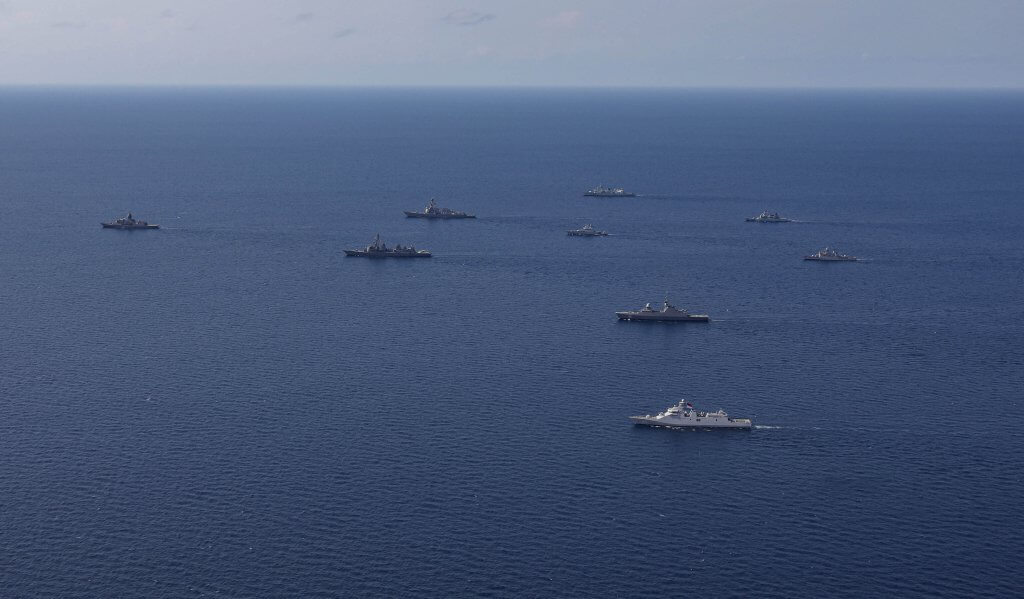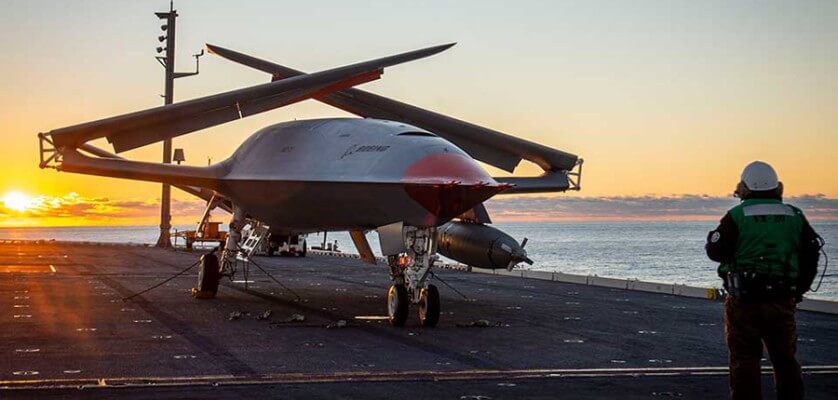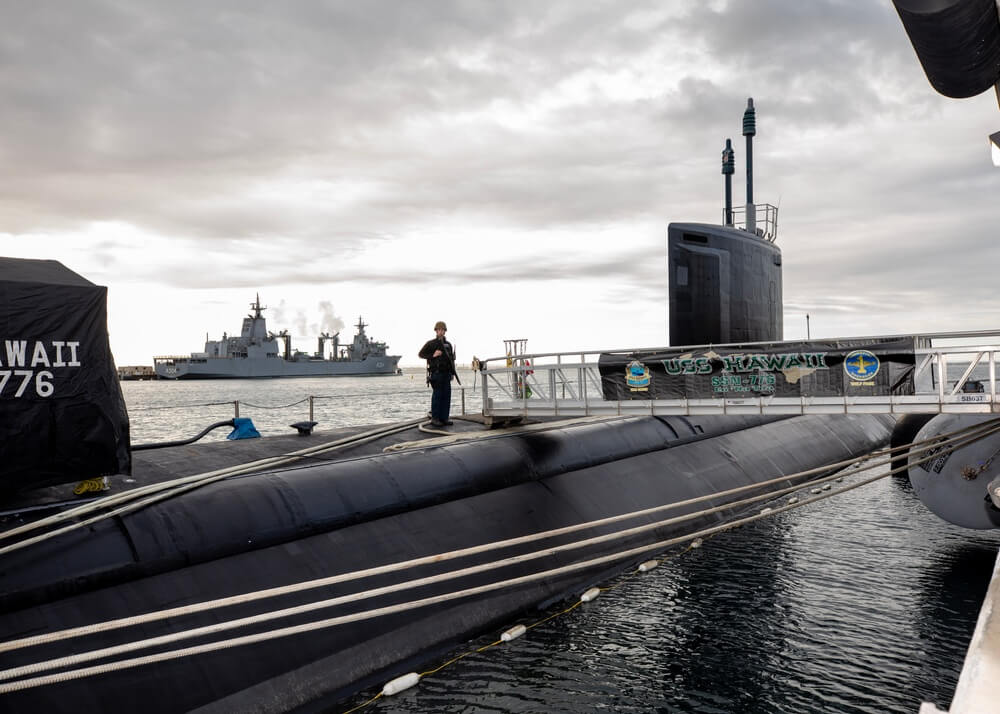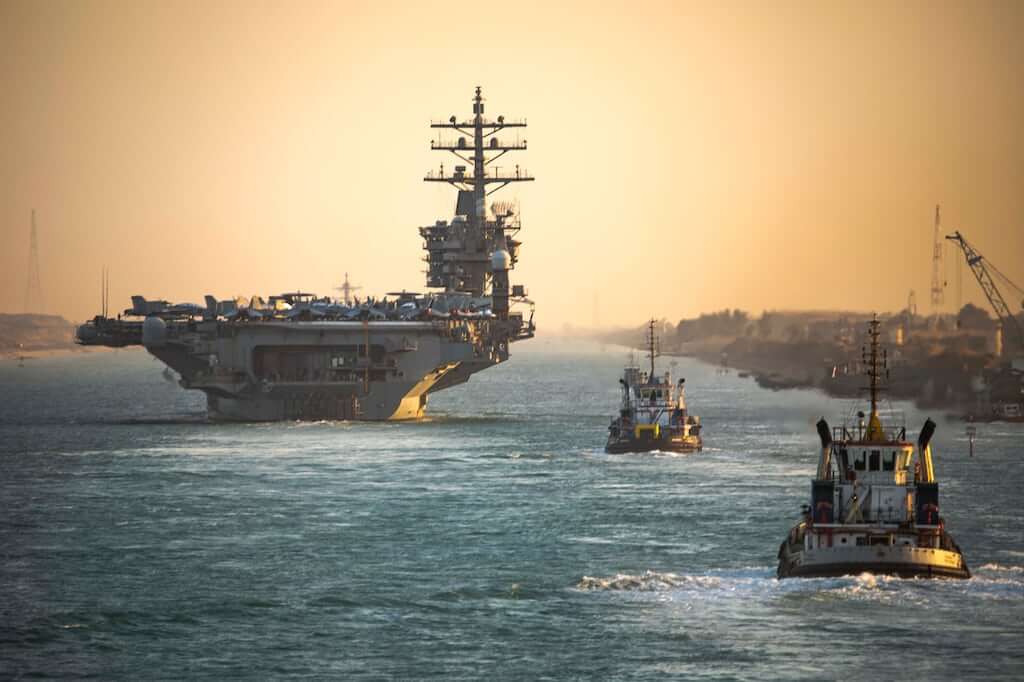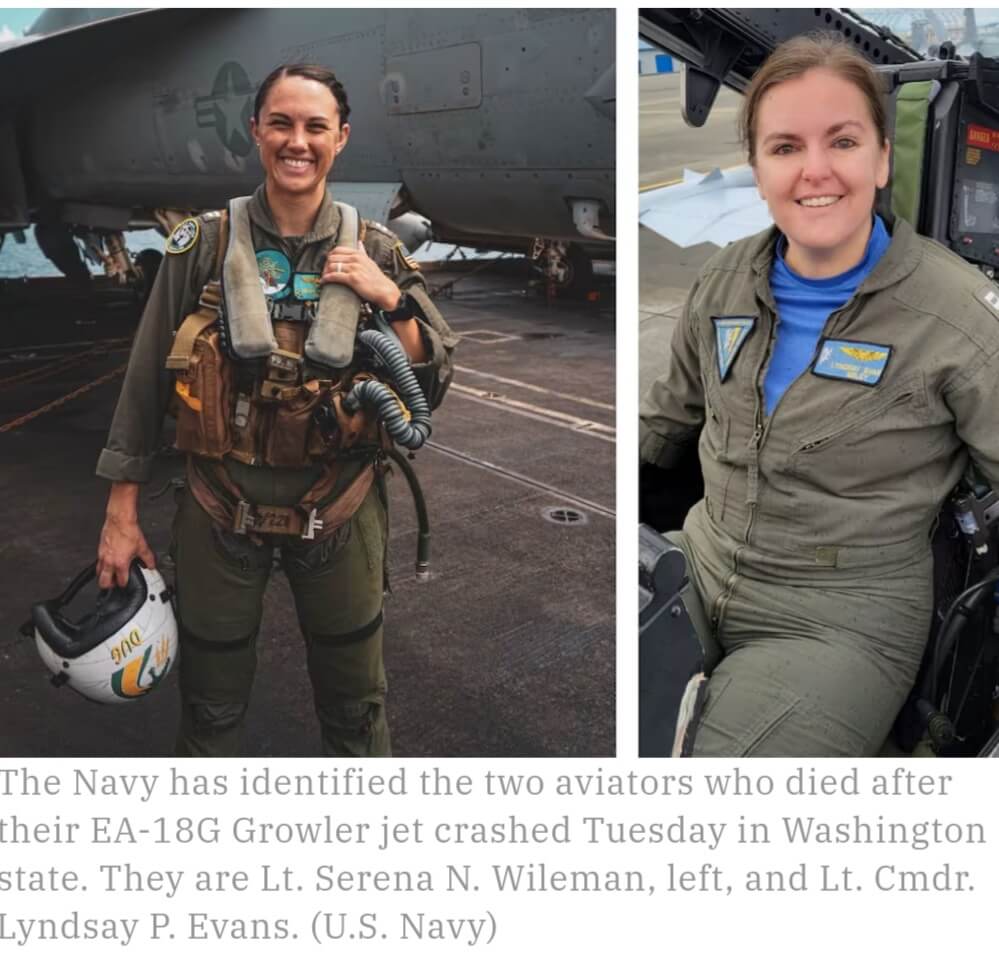
Introduction: This week’s roundup highlights the U.S. Navy’s best and the brightest, strong partnerships, innovative technologies, and commemorative milestones, reflecting its ongoing commitment to maritime security and operational readiness. From joint exercises with allies to leadership changes and technological advancements, the Navy continues to shape its global influence.
U.S. Navy Global Engagement and Readiness
Abraham Lincoln Carrier Strike Group Collaborates with Italian Navy
The Abraham Lincoln Carrier Strike Group conducted a second Multi-Large Deck Event (MLDE) with Italy’s ITS Cavour Carrier Strike Group in the U.S. 5th Fleet Area of Responsibility on October 18, 2024. This joint exercise showcases the U.S. Navy’s commitment to working with allies to enhance interoperability and promote maritime security in key regions.
U.S., UAE Forces Launch Exercise Iron Defender
U.S. Navy, Marine Corps, and Coast Guard units, alongside the UAE Naval Defense Forces, began the Iron Defender 24 exercise in the Arabian Gulf. This 10-day exercise focuses on enhancing regional security and improving joint maritime operations.
USS Harpers Ferry Returns Home from Deployment
After a successful seven-month deployment in the U.S. 7th and 3rd Fleet areas of operation, USS Harpers Ferry (LSD 49) returned to San Diego on October 18, 2024. The amphibious dock landing ship and the 15th Marine Expeditionary Unit (MEU) conducted numerous operations during their deployment, demonstrating the Navy’s global reach and readiness.
Leadership and Personnel Changes
Navy Relieves Top Commanders at Japan Ship Repair Facility
On October 21, 2024, the U.S. Navy removed Capt. Zaldy Valenzuela and Cmdr. Art Palalay, the commanding and executive officers at the U.S. Naval Ship Repair Facility and Japan Regional Maintenance Center in Yokosuka, citing a loss of confidence in their leadership. This change comes as the Navy continues to emphasize accountability and performance across its leadership.
Remembering Two Trailblazing Aviators: Lt. Cmdr. Evans and Lt. Wileman
The Navy mourns the loss of two decorated aviators, Lt. Cmdr. Lyndsay “Miley” Evans and Lt. Serena “Dug” Wileman, who tragically died during a routine training flight near Mount Rainier on October 15, 2024. Both were role models and trailblazers in naval aviation, leaving a lasting impact on their squadrons and communities.
Innovation and Technology
Carderock Hosts Navy Small Business Symposium
The Naval Surface Warfare Center (NSWC) Carderock Division hosted a Small Business Industry Day in collaboration with the NavalX Capital Tech Bridge on October 16, 2024. The event aimed to foster partnerships between the Navy and private industries, particularly focusing on expanding naval innovation and technology.
Navy Announces Future Commissioning of USS Beloit
The U.S. Navy has scheduled the commissioning ceremony for the USS Beloit (LCS 29), a Freedom-variant Littoral Combat Ship, for November 23, 2024, in Milwaukee, Wisconsin. This new vessel will enhance the Navy’s near-shore operational capabilities
International Partnerships and Exercises
Fifth U.S. Navy Destroyer Homeports in Rota, Spain
The USS Oscar Austin (DDG 79) arrived at its new homeport of Naval Station Rota on October 15, 2024. The destroyer is the fifth U.S. Navy ship to shift to Rota, further bolstering the Forward Deployed Naval Forces-Europe presence and enhancing U.S. strategic capabilities in the region.
National Museum of the United States Navy Site Formally Announced
On October 18, 2024, Secretary of the Navy Carlos Del Toro formally announced the new location for the National Museum of the United States Navy during a ceremony in Washington, D.C. This marks a significant step in preserving and honoring the Navy’s history for future generations.
China, Russia, and Iran Watch
China Watch
Chinese naval forces remain highly active in the Indo-Pacific, continuing joint patrols with Russian warships in the Northwest Pacific. These exercises highlight China’s growing naval capabilities and influence in contested waters. Meanwhile, China’s shipbuilding industry continues to outpace other nations, presenting challenges to the U.S. in terms of both production capacity and modernization.
Russia Watch
Russian and Chinese naval forces recently completed major exercises in the western Pacific, signaling a deepening military alliance. The exercises underscore Russia’s commitment to projecting power in the Arctic and challenging NATO’s presence in the region.
Iran Watch
The Navy remains vigilant in the Middle East as tensions with Iran continue to escalate. The Iron Defender 24 exercise between the U.S. and UAE demonstrates the Navy’s strategic focus on securing vital maritime routes and responding to threats in the Arabian Gulf.
Conclusion:
This week’s news highlights the Navy’s ongoing efforts to maintain global partnerships, enhance readiness, and honor its personnel. With joint exercises, leadership changes, and continued technological innovation, the U.S. Navy remains at the forefront of ensuring maritime security and operational excellence.
Stay tuned for our next post, where we’ll dive deeper into the technical aspects of TRAM and how it promises to revolutionize naval operations.
Please support the Navy and the Americans for Stronger Navy by following us on Facebook or by completing the contact us page by clicking here.


